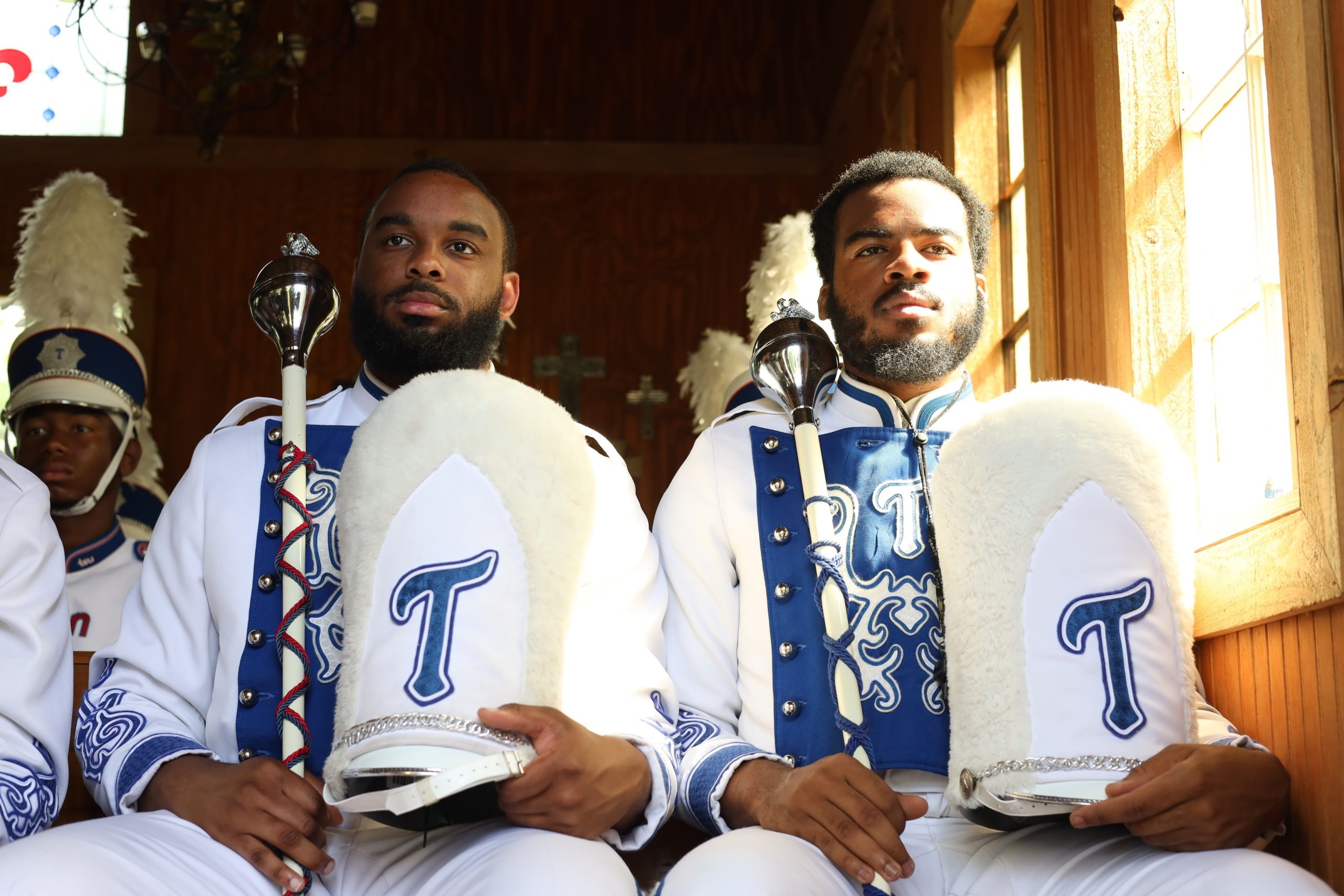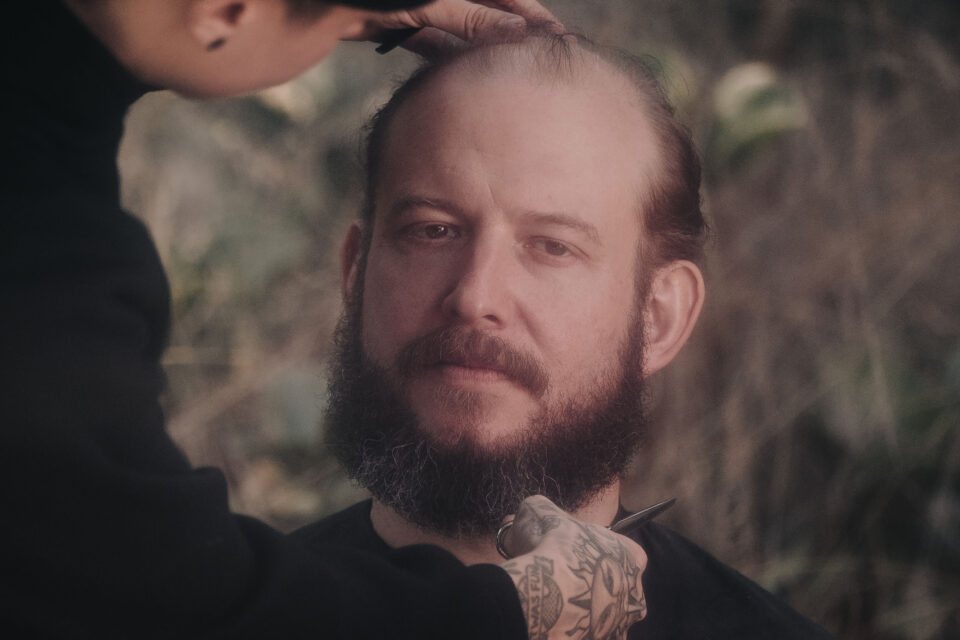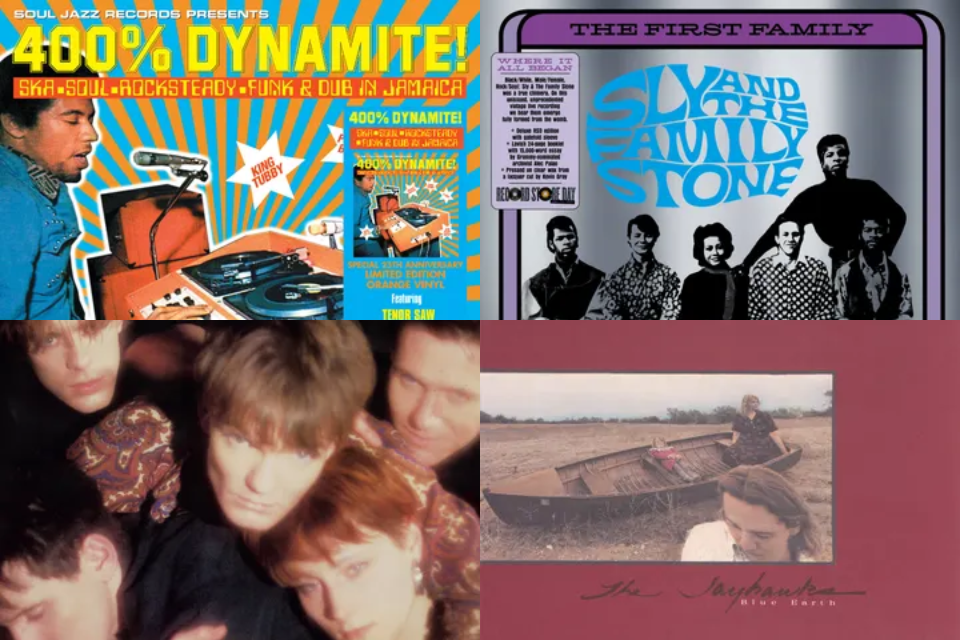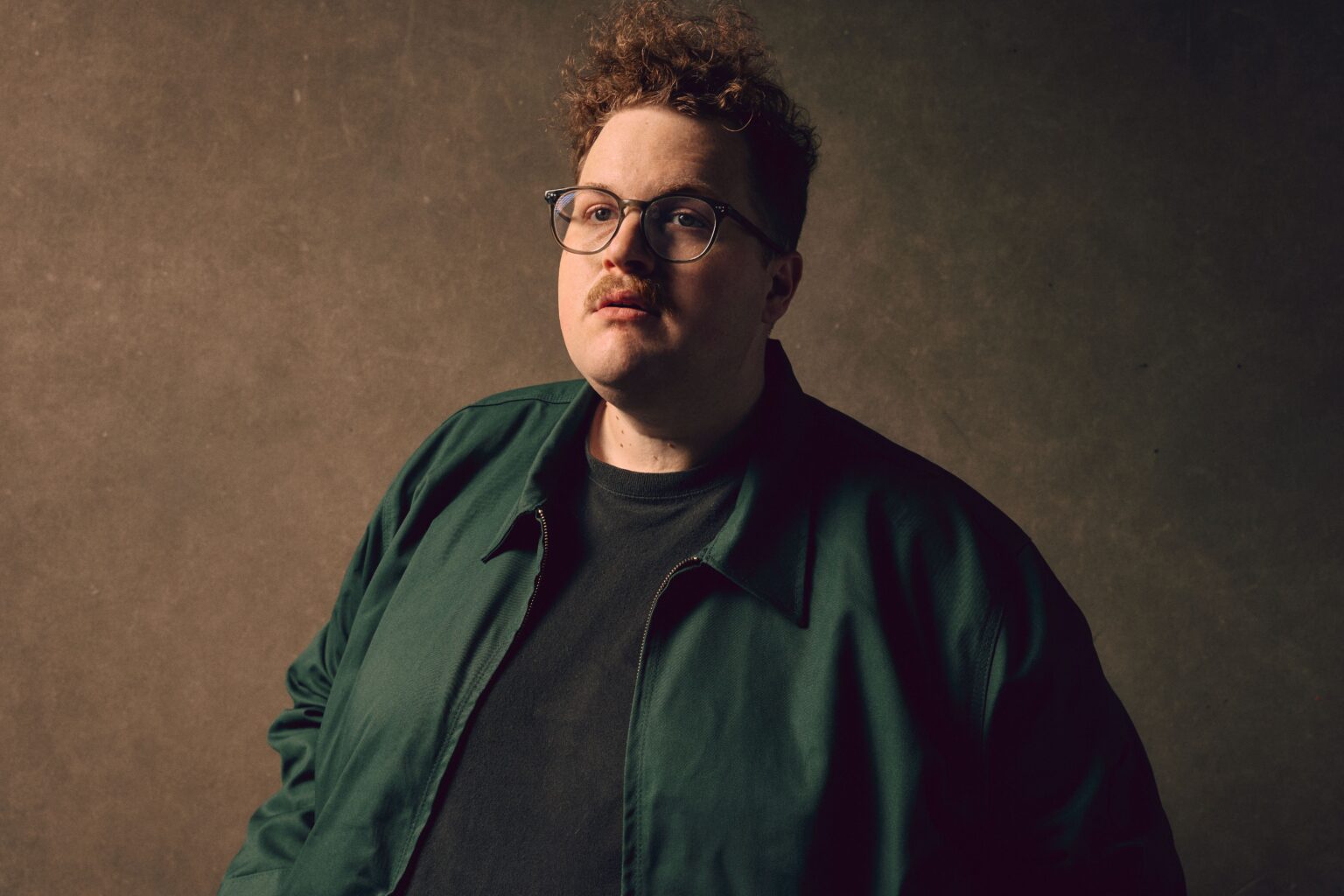The Urban Hymnal closes with Dr. Reginald McDonald delivering a congratulatory speech to the students under his direction in Tennessee State’s Aristocrat of Bands and his predecessor, Professor Edward Graves, leading a call-and-response. “Who’s got the best band in the land?” Graves prompts. “TSU!” the students respond, leaning on the “s” for nearly three beats, before hopping to the “u” like they’re executing a stylishly syncopated stutter step.
It’s an extravagant display, and one that’s thoroughly in line with the ethos of the marching bands of Historically Black Colleges and Universities. It’s also not an exaggeration. The AOB has excelled in the realm of wide-ranging, crowd-pleasing popular repertoires and precision, high-stepping showmanship on the field, in the stands, in parades and on television for well over half a century. The performances it’s known for are meant to be experienced in person.
Bottling that for this studio album was a whole other discipline. One of the masterminds, hip-hop-fluent gospel songwriter and producer Sir the Baptist, sagely observed, “It’s really hard to acoustically control a marching band. I mean, it’s just coming at you at once.”
That’s no doubt a reason why most collaborations with HBCU bands, including Beyoncé’s majestic Coachella production, highlight their live charisma. When assistant AOB band director, arranger and composer Larry Jenkins secured Sir for an artist residency at TSU, they made it their mission to pioneer a template for how to apply the meticulous layering, detailing and smoothing of studio recording to a dynamic marching band, and unite two towering, Black musical traditions in the process: those of gospel music and HBCUs.
Sir and Jenkins pulled it off mostly by conducting sessions in the same facilities where the AOB usually rehearses, the band and percussion rooms on campus, Sir gliding down each row of chairs with a single, high-quality mic, and pausing to capture multiple takes of each instrument section. To record the drum line, relying on the production expertise of hip-hop hitmaker and former TSU student Dubba-AA, Sir might position a mic underneath a drumhead to capture the attack of a stick or mallet, or move the drum across the room to get more spacious resonance. Most of the gospel luminaries that Sir called on to contribute, including seasoned standard-bearers John P Kee and Fred Hammond and ascendant stars like Kierra Sheard, Jekalyn Carr and Mali Music, contributed their verses, vamps and testimonies from home.
The material itself, much of it original, carries its historical consciousness proudly. The decision to include a straightforward version of “I’m So Glad,” a gospel chestnut that shares its melody with a school song, is a reminder that gospel’s influence has always existed just beneath the surface of the AOB’s repertoire. Concise, contemporary writing builds up to a modern hymn refrain or invokes an old spiritual, and ranges not only across modern gospel’s many eras and sensibilities—Pentecostal praise breaks, mass choirs, sleek, R&B-tinged ballads, hip-hop hybrids and even Afrobeat grooves—but its geographical landscape, from the American South to Great Migration destinations like Chicago and Detroit. Spiritual ecstasy, triumph and conviction abound, but so do softer searching and reassurance. Ushered into this professional recording process, the student-musicians of the AOB sound inspired, and at times, heroic.
Sir the Baptist and Prof Jenkins harnessed the students’ youthful energy with expansive arrangements. There are passages where the members of the AOB summon their potency to deliver lines at full blast, but those are outnumbered by the times that they fan out in bright, intricate patterns, here filling spots traditionally devoted to guitar and organ, there providing clever counterpoint with grooves that are funky, buoyant or supple. “In certain moments, I used them as an orchestra,” Sir explained. “I used them as a Motown band. I used them as a jazz band. They almost stepped into a different skin on every song.” And he improvised ways to preserve the distinct character of the band’s sound, the jauntiness of the tubas, the resounding, regimented crack of the snare drums, the round, rumble of polyrhythms played on big bass drums with fiberskin heads, while also punching it up by layering on 808s and synthesizers.
They’ve set the AOB up to benefit both in reputation and income from The Urban Hymnal, but they’ve also managed to pull off an astonishing array of aims at once: the celebration and preservation of musical cultures and the mapping of a new a world of possibility. After this, we may never hear a marching band the same way again.




